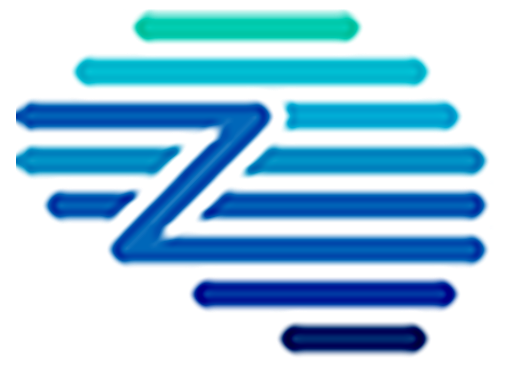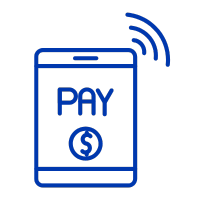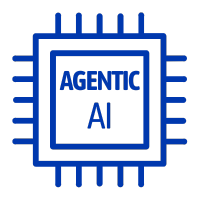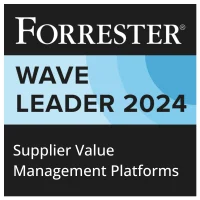Value Added Tax (VAT) is a consumption tax levied on the value added to goods and services at each stage of production or distribution. It is typically applied as a percentage of the sales price, and businesses collect and remit VAT to the government, often allowing them to claim credit for tax paid on their purchases to prevent tax cascading.
Key Benefits
– **Revenue Generation**: VAT provides a significant source of revenue for governments, as it is a broad-based consumption tax applied at each stage of a product’s production and distribution chain.
– **Economic Neutrality**: VAT is considered economically neutral because it is charged on the value added at each stage, ensuring that the final tax burden falls on the end consumer regardless of the number of transactions a product undergoes.
– **Transparency and Visibility**: With VAT, all businesses are taxed at the same rate for their goods and services, which increases transparency in pricing and aids consumers in understanding how much tax they are paying.
– **Encouragement of Savings and Investments**: VAT is a consumption tax, meaning it does not tax savings or investments directly. Consumers are taxed when they spend, encouraging savings and the reinvestment of capital.
– **Avoidance of Tax Evasion**: The multi-stage collection of VAT makes tax evasion more difficult compared to other sales taxes, as businesses can claim credits for tax they have paid on purchases, incentivizing the proper reporting of sales.
Related Terms
– **Revenue Generation**: VAT provides a significant source of revenue for governments, as it is a broad-based consumption tax applied at each stage of a product’s production and distribution chain.
– **Economic Neutrality**: VAT is considered economically neutral because it is charged on the value added at each stage, ensuring that the final tax burden falls on the end consumer regardless of the number of transactions a product undergoes.
– **Transparency and Visibility**: With VAT, all businesses are taxed at the same rate for their goods and services, which increases transparency in pricing and aids consumers in understanding how much tax they are paying.
– **Encouragement of Savings and Investments**: VAT is a consumption tax, meaning it does not tax savings or investments directly. Consumers are taxed when they spend, encouraging savings and the reinvestment of capital.
– **Avoidance of Tax Evasion**: The multi-stage collection of VAT makes tax evasion more difficult compared to other sales taxes, as businesses can claim credits for tax they have paid on purchases, incentivizing the proper reporting of sales.
References
For further insights into these processes, explore Zycus’ dedicated resources related to Value Added Tax (VAT):
- Harnessing Generative AI for Invoice Processing: Revolutionizing Invoice Matching and Maximizing Cash Flow
- Felix Felicis for Procurement in 2017
- How to Improve Accounts Payable Efficiency Without Increasing Headcount?
- Pulse of Procurement 2018 – Part 1
- In Talks with Zycus: Crown Resorts Procurement Transformation
White Papers
Master the UK Procurement Act 2023: Ensure Compliance & Drive Procurement Excellence

Filter by
Compliant Invoicing
Compliant Invoicing refers to the process of generating, submitting, and managing invoices in adherence with legal, regulatory, and contractual requirements.
Continuity Plan
A Continuity Plan is an organized set of policies and procedures designed to ensure that a company’s essential operations can
Cost Modeling
Cost Modeling in procurement refers to the analysis and estimation of the total cost of ownership of a product or
Contract Audit
Contract Audit is a systematic evaluation of agreements and related documentation to ensure compliance with contractual terms, identify discrepancies, and
Procurement Cycle
The Procurement Cycle refers to the end-to-end process through which an organization identifies its needs, sources suppliers, negotiates contracts, places
Procurement Master Data Management
Procurement Master Data Management is the disciplined approach to managing core, consistent procurement information, including supplier, product, and contract data,






















































